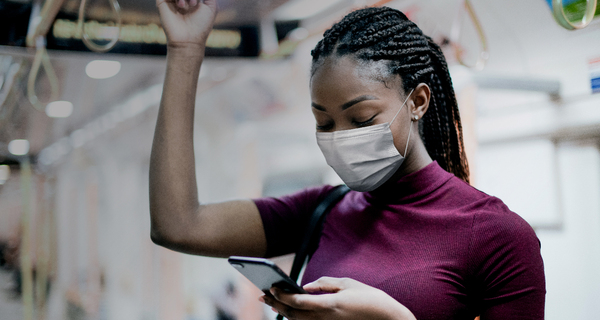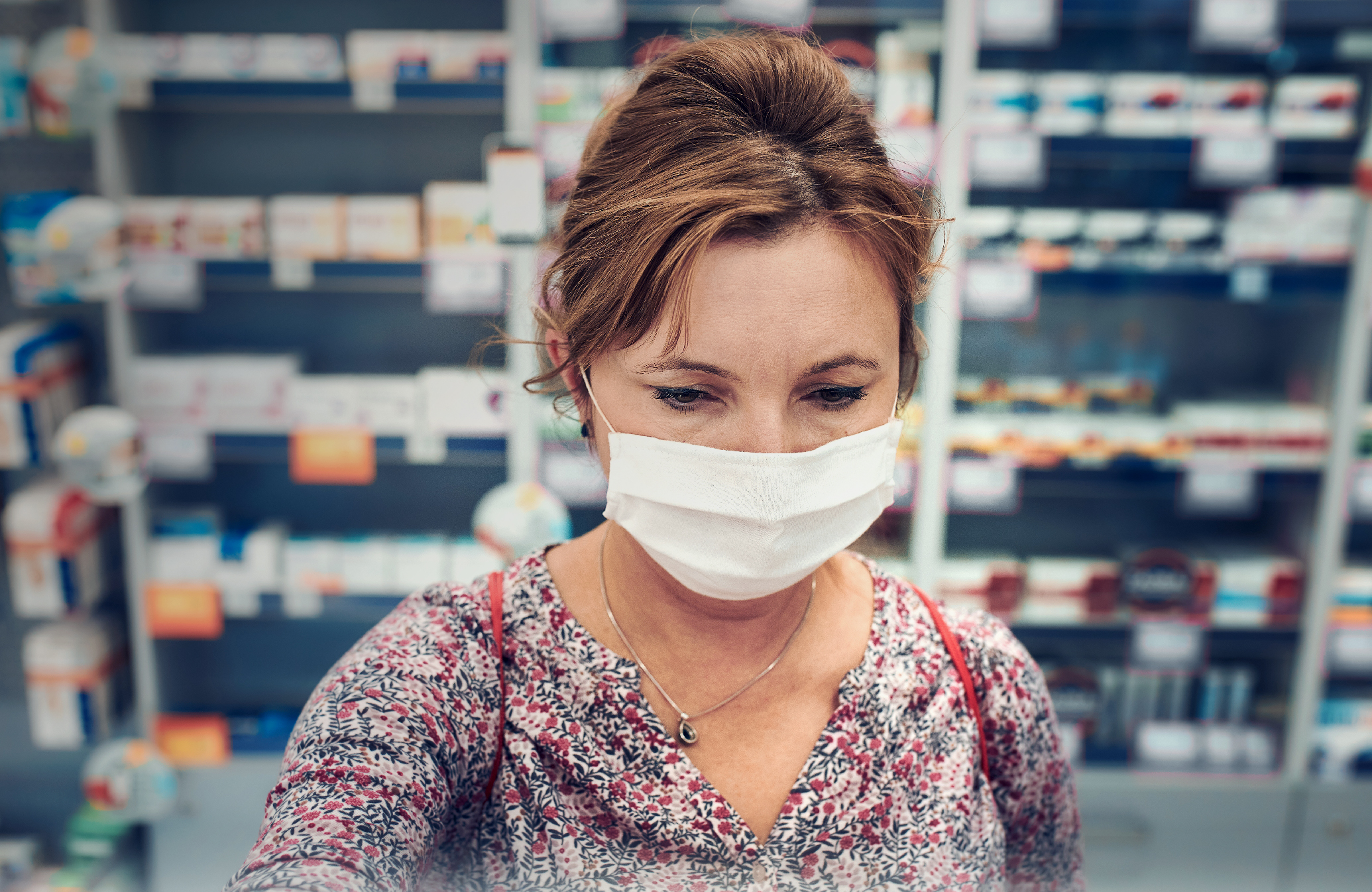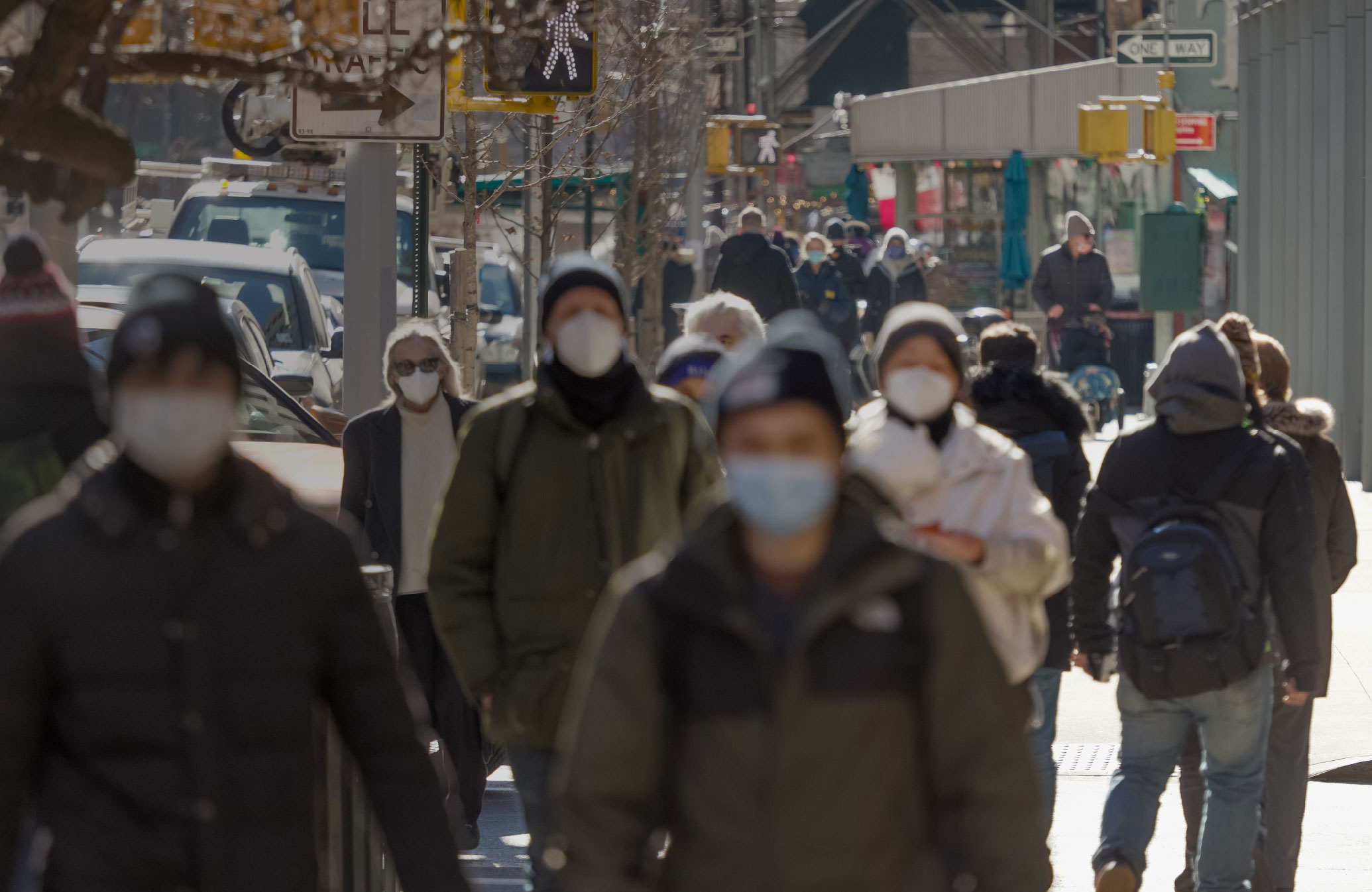Since the start of the COVID-19 pandemic, multiple studies have been conducted on the impact on historically underserved populations when diagnosed with COVID-19. In addition, a great deal of research has proven that individuals with pre-existing conditions are at a much higher risk for COVID-19.
This has huge implications on underserved populations. We know diverse populations experience harsher consequences from both the virus and diabetes, so our research team sought to discover if a link between underserved populations, diabetes, and COVID outcomes existed.
Our researchers analyzed several pieces of literature to hone in on the most impactful, important findings surrounding gaps in care in diabetic populations and COVID-19, and their connection to historically underserved populations.
The Link Between COVID-19 and Diabetes
Here is something we know—if you have diabetes, you are much more likely to experience a severe case of COVID-19. But here’s something else. There is developing evidence from studies on new-onset diabetes in COVID-19 that if you have tested positive for the virus, you may now be more likely to get diabetes.
Recent studies have proven that both conditions worsen each other when they co-exist. COVID-19 has increased the need for insulin, while diabetes seems to worsen COVID-19 symptoms.
A literature review and data analysis confirmed that while an estimated 11% of the US population has diabetes, 20-30% of COVID-19 deaths are individuals who had diabetes.
Pandemics affect every part of our lives. COVID-19 caused serious declines in preventive health screenings over the past year, resulting in barriers to care access. That theme trickles into diabetic populations as we examine the correlation.
Gaps in Underserved Populations
So how does all of this connect to underserved populations? With these new findings of the two-way relationship between COVID-19 and diabetes, it is now as important as ever to consider what can ensure the healthcare system achieves high levels of care quality and access—especially in the most at-risk populations.
Historically underserved populations in Black and Brown communities have been disproportionately impacted by COVID-19 and rates of diabetes tend to be higher in these populations.
On top of all of the challenges and implications COVID presents, we need to consider social determinants of health barriers, access to quality care, and hesitancy. This is why leveraging health action programs that engage historically hard-to-reach members through a multi-channel, personalized approach can be the difference between poor health outcomes and positive ones.

The Great Divide: 5 Strategies to Bridge Healthcare Member Gaps in Care
Learn Icario’s secrets to move any population to take healthier actions and close more gaps in care, no matter how unreachable they seem.
COVID-19 Vaccinations & Closing Diabetic Healthcare Gaps
Because this research reveals a unique relationship between COVID-19 and diabetes, health plans need to be developing strategies to engage members for two critical health actions.
#1—COVID-19 Vaccinations. The first is to encourage their members to get vaccinated. Vaccination is a key step to preventing COVID-19, and now we know it could prevent individuals from developing diabetes in the future. The implications here are huge, and Icario can help engage members, overcome vaccination hesitancy barriers, and impact health outcomes. In fact, Icario was able to change the minds of 48% of people about getting vaccinated in a similar Icario program.
#2—Diabetic Gap Closures. It’s important to engage diabetic members to ensure condition management. Icario knows how to do this. In one quality and risk program designed to engage a diabetic population, we were able to move nearly 90% of a previously unengaged diabetic population to complete the desired health action. What’s more, 25% of completions came via text message. This is an important note because it proves using a multi-channel communication strategy will lead to better engagement.
Lastly, and importantly, health plans need to be developing strategies to connect with their hardest-to-reach populations. As we mentioned, underserved communities tend to experience higher rates of COVID-19 and diabetes. By making a concerted effort to engage these individuals, we have a better chance of managing chronic conditions and preventing illness from COVID-19.




